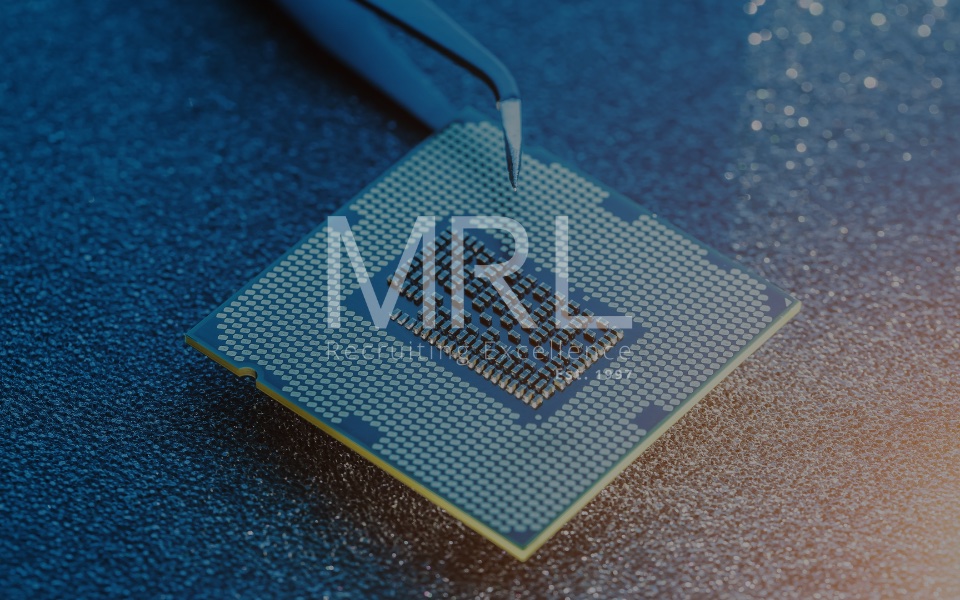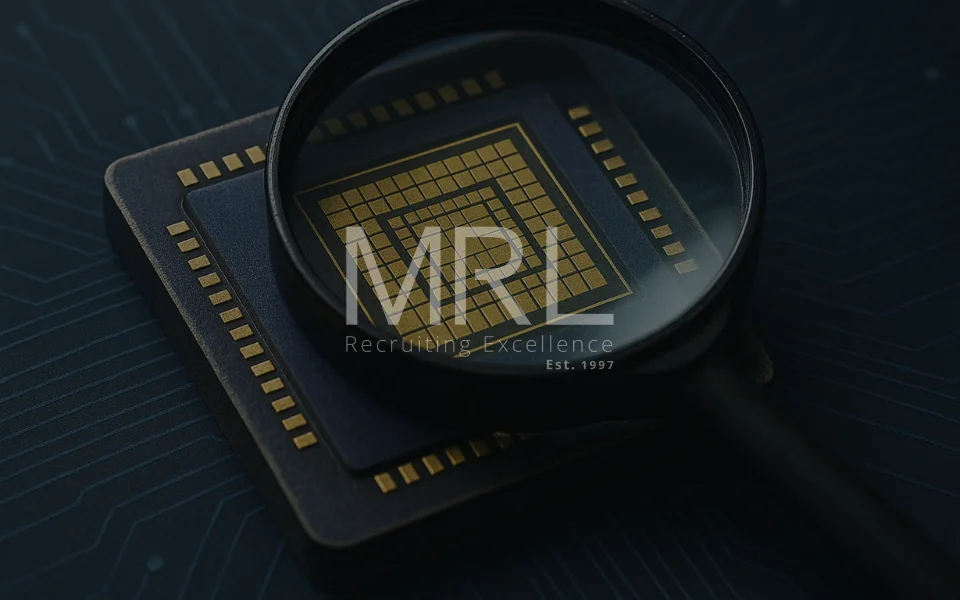The Evolution of Semiconductor Giants; a Brief History
24 Jun, 20245 minsIn an era where technology is impacting our lives daily, semiconductor companies have become...

In an era where technology is impacting our lives daily, semiconductor companies have become the unsung heroes for innovation and progress. The growth of companies such as Intel, AMD, NVIDIA, and TSMC has helped change the industry landscape for the better. From the applications that power our computers to the chips in our phones, these industry giants have laid the groundwork for the digital revolution.
The History and Growth of Leading Semiconductor Companies
Intel
Founded in 1968 by Robert Noyes and Gorden Moore, Intel has been at the forefront of semiconductor innovation for more than five decades. In 1971, Intel revolutionised computing with the introduction of the world’s very first microprocessor, the Intel 4004. This breakthrough paved the way for the development of PCs, which have now become a staple that workforces across the world cannot go without. Intel co-founder Gordon Moore also predicted a doubling of transistors every year for the next 10 years in his original paper published in 1965. Today, Intel remains a dominant force in the industry, focusing on areas such as artificial intelligence, autonomous vehicles, and edge computing.
AMD
Advanced Micro Devices (AMD) was founded in 1969 by Jerry Sanders and a group of ex-Fairchild Semiconductor employees. Originally a secondary supplier to Intel, AMD quickly created its own niche by developing new, competitive products. In the early 200s, AMD made headlines with its Athlon and Opteron processors, which rivalled Intel’s offerings in terms of price and performance. The introduction of the AMD64 system was an important milestone, bringing 64-bit computing to the mainstream. More recently, AMD’s Ryzen and EPYC processors have rekindled fierce competition with Intel, earning accolades for their excellent performance and efficiency. AMD’s commitment to pushing boundaries has solidified its reputation as a formidable contender in the semiconductor arena.
NVIDIA
Founded in 1993 by Jensen Huang, Chris Malachowski, and Curtis Prime, NVIDIA began its journey by focusing on graphics processing units (GPUs) with the launch of the RIVA 128 in 1997 and later the GeForce 256 in 1999, which would go on to establish the company as a leader in the gaming industry. But it was the advent of GPU-accelerated computing that really set NVIDIA apart. Realising the potential of the GPU beyond gaming, they developed the CUDA parallel computing platform to revolutionise areas such as scientific research, artificial intelligence, and data analytics. NVIDIA GPUs have become an essential component in data centres, powering AI models and deep learning algorithms. Today, the company's influence extends beyond graphics, positioning it at the forefront of technological innovation across various industries.
TSMC
Taiwan Semiconductor Manufacturing Company (TSMC), founded in 1987 by Morris Chang, operates as the largest independent semiconductor manufacturer in the world. Unlike Intel and AMD, who design and manufacture their own chips, TSMC focuses solely on product development, allowing it to serve a variety of clients. TSMC’s ability to produce chips with immense accuracy has made them an important partner for companies like Apple, Qualcomm and NVIDIA. Foundry developments in process technology, like the development of 7nm and 5nm nodes, have been critical in driving the miniaturisation and performance improvements of modern electronics. As the semiconductor industry faces increasing demand and challenges, TSMC's role as a manufacturing powerhouse is still inevitable.
The growth of companies such as Intel, AMD, NVIDIA, and TSMC highlights just how much the semiconductor industry has grown over the years. These companies have not only shaped the technologies of the past and present but also continue to introduce future innovations that will define the digital age.
Get in touch with MRL to begin your move into your future semiconductor career.





